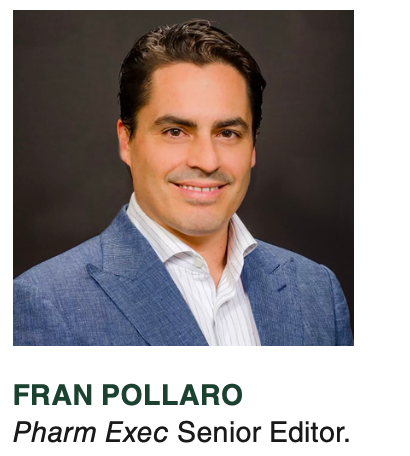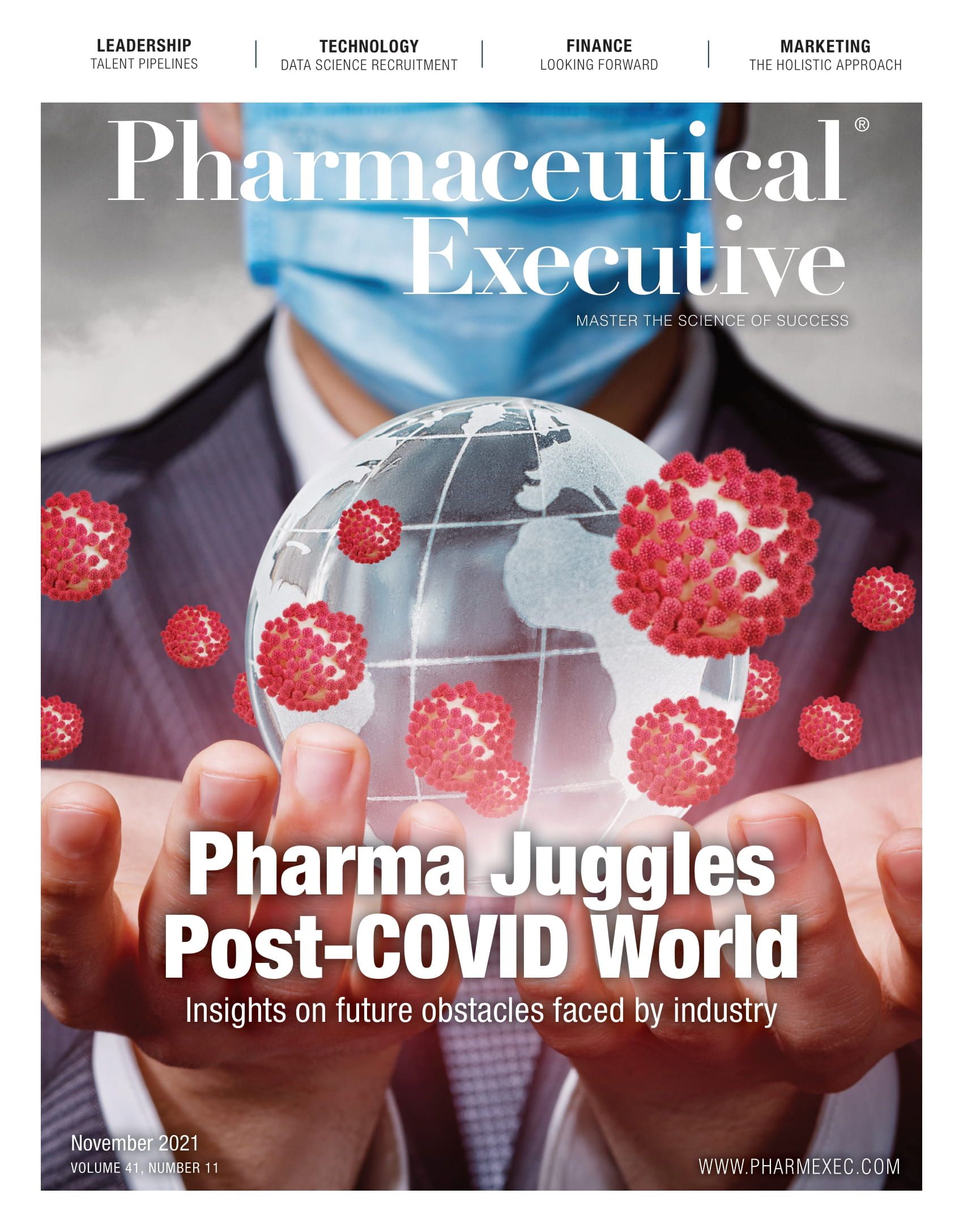- Sustainability
- DE&I
- Pandemic
- Finance
- Legal
- Technology
- Regulatory
- Global
- Pricing
- Strategy
- R&D/Clinical Trials
- Opinion
- Executive Roundtable
- Sales & Marketing
- Executive Profiles
- Leadership
- Market Access
- Patient Engagement
- Supply Chain
- Industry Trends
Agencies Need Holistic Approach in Creating Value for HCPs, Patients
New age of drug marketing must consider market access.

“It’s not really something you can just Google.”—Dan Sontupe, associate partner, managing director, The Bloc Value Builders
A couple of weeks ago, I was under the impression that I would stroll into the proverbial dense forest of market access, do a bit of research, and quickly emerge with a clear view, waving a wonderfully distilled proclamation that you, the reader, might consume. This proclamation would elucidate why more agencies are deciding to add market access expertise via acquisition, by strengthening their existing offerings through investment, or by building from the ground up. It didn’t quite go that way. My initial idea was to define market access from R&D to clinical development, through value proposition strategy, reimbursement negotiation, and drug life cycle management, then see how it is intrinsically linked to a complex supply chain, composed of manufacturers, distributors, pharmacies, healthcare professionals (HCPs), patients, insurance companies, other payers, and pharmacy benefit managers (PBMs).
I solicited the help of three market access professionals with a combined 50-plus years in the business: Dan Sontupe, associate partner, managing director, The Bloc Value Builder; Roshawn Blunt, managing director, 1798, a Fingerpaint company (a market access agency acquired by Fingerpaint in 2020); and Josh Phillips, executive vice president, client services, Cyan Health.
“Increasingly, in the pharmaceutical industry, there are some products where there is this magical third hand, and you must deal and negotiate with this partner just as much as you have to with the providers and the patients.”—Blunt
Blunt refers to the whole of third-party intermediaries representing large employers, insurance companies, and government entities (Medicare, Medicaid) that tier prescription drugs approved for reimbursement and continually update their lists as new drugs emerge. New drugs are considered against existing products in their therapeutic class for safety, efficacy, and patient compliance. PBMs also negotiate with drug manufacturers for “rebates” that cut costs for their clients. This key information exchange and a bit of hustling can make or break a drug’s coverage or formulary placement, and the success of the brand.
“Market access is foundational to a product’s potential. You can have a product that’s safe, efficacious, approved, and available, but if the payer doesn’t see the value in covering the product, the provider will have to jump through hoops to prescribe it. The payer could implement restrictive-utilization management tools like step-edits or prior authorizations or just exclude it from the formulary altogether. Patients would be on the hook for the full cost of the medication, so uptake would likely be very limited. This would be a disaster for the drug, which took a great deal of time and money to develop, and the manufacturer.”—Phillips
When the Affordable Care Act was enacted in March of 2010, it put pressure on healthcare players to mitigate costs while delivering better quality care. This is essentially what shifted the prescribing power from HCPs and their patients to payers, and catapulted the importance of a market access strategy. According to a 2017 Manhattan Research survey, “16% of US physicians now say they always prescribe their first-choice treatment, with the other 84% reporting that they usually or always follow formulary guidelines.”
“This is about convincing physicians to write a drug which is sold in a pharmacy, which is not controlled by the pharmacy, but controlled by the health plan and the PBMs. Advertising in this space is the communication of value. We’re in an odd space where we have to build communications for the payer to create value and show why they should cover our product. At the same time, we have to address and create tools for the physician, who needs to understand how the product is covered: How will patients get reimbursed? How can they get copay assistance? Lastly, the patient needs to understand what all of these coverage intricacies are.”—Sontupe
Despite pressure to change from the pandemic, pharma is still a slow-adapting industry that’s resistant to change. It’s now incumbent upon the agency to provide a holistic approach to marketing that includes market access alongside traditional HCP and consumer marketing in an overarching campaign strategy. The good news is that market access teams enter the fray much earlier, which can inform these very strategies. Despite teams’ differences in approach, “the entire agency should want to be able to sing from a unified sheet of music,” as Blunt so poetically puts it.
Fran Pollaro is a Senior Editor for Pharm Exec. He can be reached at
fpollaro@mjhlifesciences.com.

Transforming Cancer Care: Data, AI, and Patient-Centered Care
July 20th 2023Join us as Mohit Manrao, SVP and head of US oncology at AstraZeneca, shares his patient-centered approach to transforming cancer care, bridging the gap between innovative science and tangible patient outcomes across all populations on a global scale.
